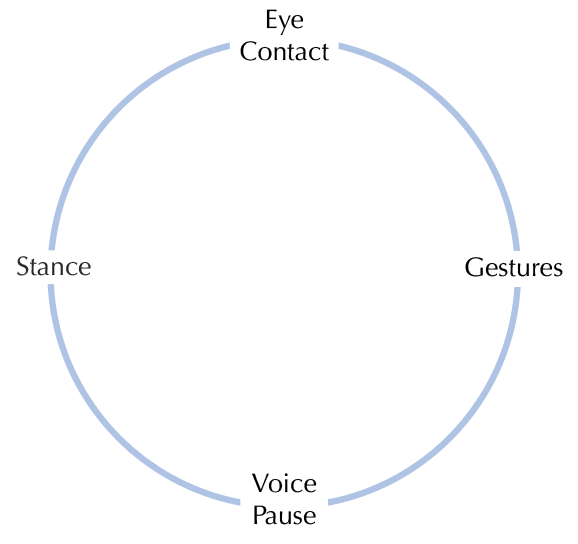Developing Persuasive Communications
Part Two
for
During Part Two you will reinforce the skills you built in Part One and gain additional skills to:
Listen actively
Deal with resistance
Communicate on short notice
This page asks you to tell us how your skills have been working since Part One and what you will bring to practice in Part Two. At the bottom of this page is an overview of the sessions.
Choose material to bring to the program
Pick two meetings, discussions, one-to-ones, calls, or presentations that will happen after the program to work with and bring any slides or notes you may have.
We encourage you to practice complex or challenging situations because you will learn more advanced skills and — with feedback from your colleagues and coaches — you will increase your chance of success in the meetings you practice.
The first situation should involve a group or individual who sees the world differently, and you need to persuade them to change. You may anticipate active or passive resistance because they:
Do not understand the issue
Have decided there are different reasons for a problem or solutions to it
Disagree with your assessment of the importance, urgency, or risks involved
The second piece you practice can be either:
A collaborative meeting or conversation — where you set out an issue / problem to address in the opening, and then discuss / work together to come up with a solution
A written report, email or PowerPoint. If you choose this option, the focus will be on translating the persuasive tools to written communication.
Tell us who you are and what your goals are
Here’s a quick reminder of the skills framework we introduced in Part One, to help you set goals now and share them at the start of your session:
Intellectual dimension
Deliver messages that are clear, relevant, and convincing
Emotional impression
Create a connection, earn trust, and convey conviction
Physical skills
Engage with presence, body language, and focused energy
Overview of the sessions
First day
Opening
Discuss your experiences since Part One, current challenges, and Part Two goals.
Active listening
You practice listening effectively, drawing out information, and helping a colleague to solve a problem.
Reinforce preparation tools
We will reinforce the preparation tools provided in Part One. You will apply these to the material you brought to practice.
Feedback on storylines
You will receive feedback on your preparation to help you improve the storyline.
Communicate change & motivate people to think and act differently
We introduce a framework for approaching difficult meetings and conversations in a productive way. You role-play the situation you have prepared. We make your first video.
One-to-one coaching
You review your first video privately with a coach.
Second day
Collaborative meetings or persuasive writing
Depending on your choice, you will either:
Lead a collaborative discussion of a business problem. Instead of handing the group the solution, you bring together the skills for active listening, meetings, and overcoming resistance to get the group to solve the problem.
Get feedback to improve a written communication — a report, email or PowerPoint. If there is time, you may also practice verbalizing the same communication, so you can compare the written and spoken versions.
One-to-one coaching
If we have recorded a second video, you review that with a coach.
Communicating on short notice
You practice communicating about two or three different work-related subjects, with very little preparation time. Then you practice a completely spontaneous situation.
Commit to a plan
You identify a few meetings over the next couple of weeks and plan the skills you will apply in each one to increase your chances of success.
Questions?
Email us goals@mcalinden.com or call us +1 212 986 4950
About us
Visit our main website McAlinden Associates




